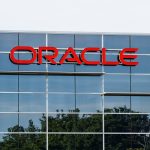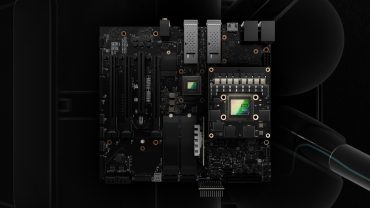
- AI Infrastructure
- Data Centers
- Quantum & Chips
Hyperscaler Data Center Investments to Hit $500 Billion by 2027
7 minute read

Data center investments from tech giants fuel unprecedented AI infrastructure growth across global markets
Key Takeaways
- Capital expenditures surge 20%: Global hyperscalers have increased 2026 capex estimates nearly 20% since July, with investments projected to reach $500 billion by 2027 at a 26% compound annual growth rate.
- AI server market explodes to $450 billion: Global server shipments are forecast to hit $450 billion in 2026, with high-end GPU servers expected to expand 55% in 2025 and 35% in 2026.
- $770 billion in facilities under construction: Total investment in upcoming and under-construction data centers stands at approximately $770 billion, with major projects from Oracle, Amazon, and Microsoft driving infrastructure expansion.
Introduction
Global technology giants are unleashing unprecedented capital investments to fuel the artificial intelligence revolution, with data center spending reaching historic proportions. Major hyperscalers have dramatically increased their infrastructure budgets, driving explosive growth in the AI server market that now represents the fastest-expanding segment of enterprise technology.
The AI data center market demonstrates remarkable momentum, growing at a 28.3% compound annual growth rate through 2030 and significantly outpacing traditional data centers. By 2025, one-third of global data center capacity will be dedicated specifically to AI workloads, marking a fundamental shift in how computing infrastructure serves modern business needs.
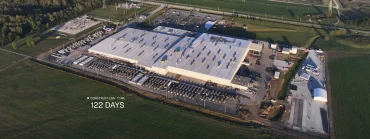
Key Developments
Leading cloud providers have substantially increased their spending commitments this year. Microsoft disclosed over $30 billion in September-quarter capex, while Alphabet raised its 2025 target by $10 billion to $85 billion. Amazon announced an annual investment goal of $118.5 billion, up from its previous $100 billion commitment.
Meta elevated its 2025 capex guidance to $66-72 billion, and Oracle added $10 billion to its fiscal 2026 budget, pushing it above $35 billion. These investments reflect positive momentum across the AI supply chain and smooth deployment of advanced GPU systems.
Infrastructure expansion projects underscore this aggressive spending trajectory. Oracle’s multi-billion-dollar Stargate project in Texas, xAI’s Colossus supercomputer in Tennessee, and Amazon’s Indiana facilities utilizing Trainium servers represent massive capital commitments. Microsoft plans to invest $80 billion in AI data centers by 2025, while Amazon has allocated $86 billion for AI infrastructure expansion.
Technical specifications reveal the scale of transformation occurring within data centers. Rack power densities are increasing from 40 kW to 130 kW, with projections reaching 250 kW as traditional air cooling becomes obsolete for AI workloads. Liquid cooling systems, which are 3,000 times more efficient than air cooling for AI hardware, are now deployed in 73% of new AI facilities.
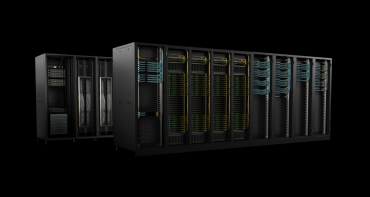
Market Impact
Server shipment forecasts reflect the dramatic market expansion driven by these capital investments. Total rack shipments are expected to grow from 30,000 this year to 56,000 next year, primarily driven by Nvidia’s GB200 and GB300 introductions.
The total server market is projected to hit $366 billion in 2025, representing a 44.6% jump from 2024, with AI-capable servers comprising nearly half the market’s value. According to Investing.com, consensus estimates show remarkable growth trajectory continuation through the forecast period.
Taiwanese ODMs like Wiwynn and Accton, heavily engaged in custom ASIC server projects for Amazon and Meta, demonstrate the financial impact with consensus projecting revenue growth of 130% and 111% year-over-year, respectively. ASIC adoption is broadening as cloud providers seek performance improvements and supply chain diversification.
Market projections indicate ASICs will constitute approximately 45% of total CoWoS-based AI accelerator shipments in 2026. Broadcom’s over $10 billion in new AI orders reinforces this trend, helping ASIC-related stocks outperform GPU supply chains recently.
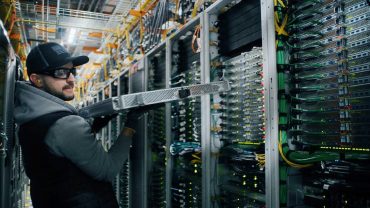
Strategic Insights
Cloud hyperscalers including AWS, Google, Microsoft, Meta, and Oracle serve as the primary growth engines, expanding infrastructure with both Nvidia GPUs and proprietary chips to diversify supply chains and optimize performance. This dual approach reduces dependency on single suppliers while maximizing workload efficiency.
OEMs like Dell, HPE, and Lenovo are consolidating market share by leveraging extensive enterprise reach, robust supply chains, and deep integration with AI-optimized architectures. These companies differentiate themselves from smaller competitors through comprehensive service offerings and established customer relationships.
The market shows clear diversification beyond US hyperscalers. AI server demand is expanding to tier-2 data centers, regional cloud providers, and sovereign projects, reducing dependency on a small number of technology giants. China has allocated $100 billion under its “New Infrastructure” plan for AI data centers, while Asia-Pacific emerges as the fastest-growing region.
Supply chain concerns are diminishing as manufacturers address previous constraints. Shortages of T-glass, crucial for Nvidia’s chips, show improvement with enhanced yields from suppliers alleviating concerns heading into 2026.
Expert Opinions and Data
Industry analysts project sustained growth momentum across multiple metrics. Dell’Oro Group anticipates global data center capital expenditure will grow at a 21% compound annual growth rate through 2029, with hyperscale cloud providers contributing half of the $1.2 trillion in capex projected over this period.
“We’ve revised our data center infrastructure spending forecast upward, driven primarily by the explosive growth of AI adoption,” said Baron Fung, senior research director at Dell’Oro Group. “GPUs and custom AI chips now represent about one-third of total capex, making them the leading growth driver.”
Power consumption represents a critical challenge for continued expansion. The average AI training workload requires approximately 30 megawatts of continuous power, with AI’s global energy demand expected to reach 200 TWh in 2025. Data center power demand in the US is anticipated to double to 78 GW by 2035, with some estimates suggesting growth from 4 GW in 2024 to 123 GW by 2035.
Precedence Research projects the global AI data center market will surge from $17.54 billion this year to $165.73 billion by 2034, representing a 28.34% compound annual growth rate. Alternative projections suggest growth from $39.23 billion in 2025 to $352.28 billion by 2034.
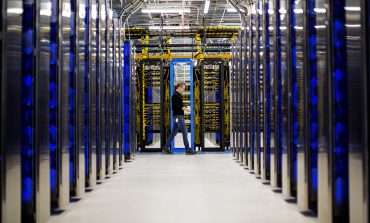
Conclusion
The convergence of massive capital investments, technological advancement, and market demand creates a powerful growth engine for the AI server industry. With $770 billion in facilities under construction and sustained spending momentum from hyperscalers, the market demonstrates both immediate strength and long-term viability across GPU and ASIC systems.
Current infrastructure investments represent a fundamental shift toward AI-centric computing architecture, with liquid cooling innovations, power density improvements, and supply chain diversification enabling continued expansion. The market’s evolution from concentrated hyperscaler demand to broader adoption across regions and customer segments establishes a more resilient foundation for sustained growth.


